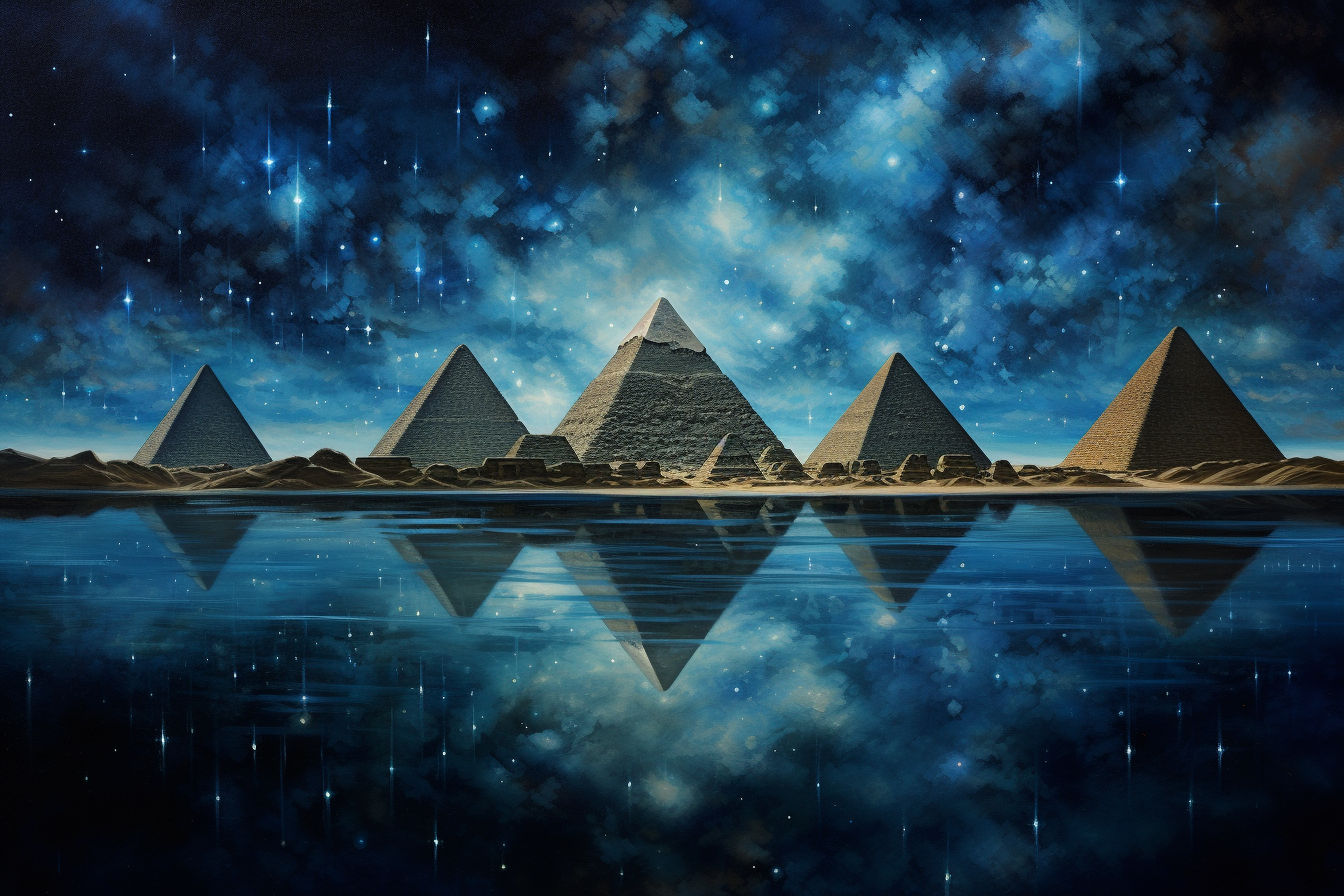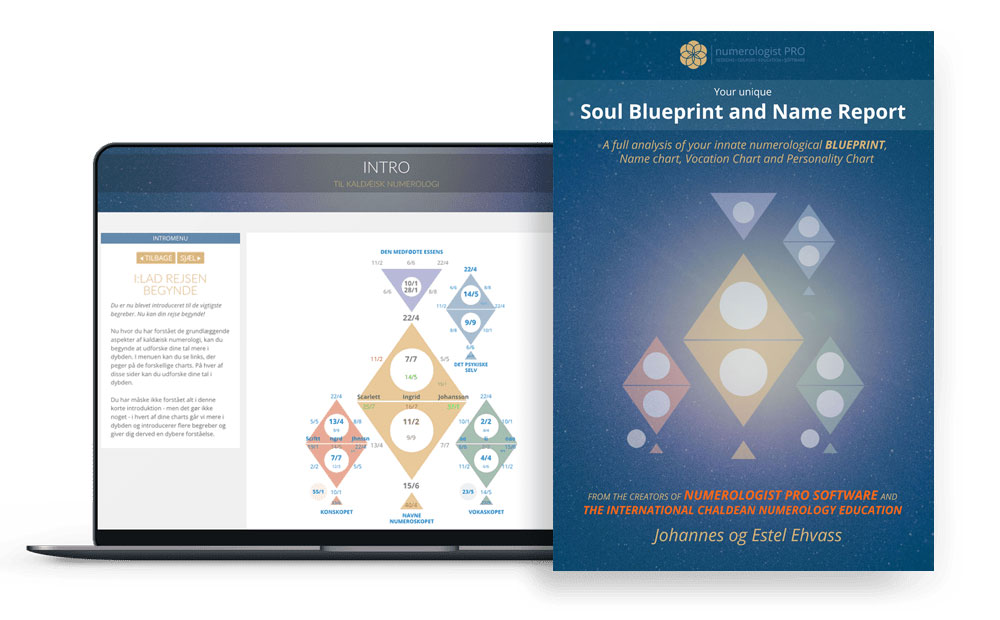Egyptian Astrology

Estel Ehvass
Welcome, dear reader! In my early twenties, I found myself standing in awe before the majestic pyramids of Egypt. The allure of these ancient structures was undeniable, and as I ventured into the King’s Chamber of the Great Pyramid, I experienced a moment that changed my life. Nestled within those ancient stones, I entered a meditative state where time seemed to dissolve; what felt like mere moments spanned four profound hours. That deep meditation, in the heart of such a historic monument, kindled a passion in me. Since that transformative day, I have been endlessly captivated by Egyptian history, culture, and particularly its unique approach to astrology. In this article, we will delve into the enchanting realm of Egyptian astrology, a journey that transcends time and space.
The Egyptians and Astrology: Decoding the Riddles of the Nile
Introduction

Stretching along the Nile, ancient Egypt is a land of pyramids, pharaohs, and countless mysteries.
The civilization’s intrigue does not end with mummification and monumental architecture; it also delved deeply into the cosmos’s mysteries.
Just as the Babylonians pioneered celestial study in Mesopotamia, the Egyptians developed their unique brand of astrology, interwoven with their rich pantheon of gods, sacred geometry, and cyclical view of life.
The Celestial Nile: The Milky Way’s Significance
To the ancient Egyptians, the heavens mirrored their most vital source of sustenance: the Nile. The Milky Way, with its meandering band of stars across the night sky, was seen as the celestial counterpart of the Nile. This river in the sky was thought to be the domain of Osiris, the god of the afterlife and rebirth, and the stars were seen as spiritual entities navigating its waters.
Such celestial reflections didn’t merely stand as spiritual metaphors. They played vital roles in agriculture, governance, and religious rituals, as the cycles of the Nile dictated everything from sowing seeds to the annual rejuvenation festivals.
Decans: The Egyptian Zodiac
Although the conventional twelve-sign zodiacal system is largely credited to the Babylonians, the ancient Egyptians possessed a unique stellar system of their own: the Decans. This system is intrinsically tied to the rhythm of the Egyptian night sky. Rather than the 12 signs we’re familiar with today, they charted 36 distinct star clusters or Decans. These Decans rose on the horizon every ten days, marking the flow of time and seasons in a way that was both systematic and spiritual.
Detailed Runthrough of Decans
Decan 1: Representing Sirius, the brightest star, associated with Isis, signaling the start of the Nile’s inundation.
Decan 2: Symbolized by Orion, linked to Osiris, the god of afterlife and regeneration.
Decan 3: The Bull’s Foreleg (or the Big Dipper), related to the strength and persistence.
Decan 4: Represents the constellation of Leo, associated with power and kingship.
Decan 5: Associated with Anubis, the guardian of the dead and the mummification process.
Decan 6: Symbolizes the strength and flight of the Falcon, an emblem of Horus.
Decan 7: Represents the Phoenix, symbolizing rebirth and renewal.
Decan 8: The Hippopotamus, associated with protection and motherhood, often linked to the goddess Taweret.
Decan 9: Represents Cassiopeia, linked with beauty and divine feminine energy.
Decan 10: The Scorpion, representative of both danger and protection.
Decan 11: Symbolized by the Lioness, representing ferocity and might.
Decan 12: Linked to the Goose, a symbol of communication and vigilance.
Decan 13: Represents Canis Major, linked with loyalty and guidance.
Decan 14: Symbolizes the Hare, representing swiftness and agility.
Decan 15: Associated with the Crocodile, a symbol of power and stealth.
Decan 16: Represents the constellation of Gemini, symbolizing duality and communication.
Decan 17: The Horus Hawk, emblematic of protection and watchfulness.
Decan 18: Linked to Pegasus, symbolizing inspiration and transcendence.
Decan 19: Represents the Jackal, associated with Anubis and the guiding of souls.
Decan 20: The Water Bearer or Aquarius, symbolizing life-giving waters and innovation.
Decan 21: Linked with the Two Fishes of Pisces, representing intuition and duality.
Decan 22: Symbolized by Taurus, the Bull, representing fertility, strength, and determination.
Decan 23: Represents Aries, the Ram, signifying leadership, courage, and new beginnings.
Decan 24: The Vulture, associated with Nekhbet, goddess of protection and motherhood.
Decan 25: Linked to the Serpent, symbolizing transformation, rebirth, and the underworld.
Decan 26: Represents Cancer, the Crab, signifying tenacity, intuition, and the protective nature.
Decan 27: The Ibis, associated with Thoth, god of wisdom, knowledge, and the moon.
Decan 28: Linked with Virgo, the Maiden, representing purity, harvest, and meticulousness.
Decan 29: Symbolizes the Ostrich, an emblem of clarity and seeing beyond the immediate.
Decan 30: Represents Libra, the Scales, signifying balance, justice, and harmony.
Decan 31: The Tortoise, associated with steadiness, protection, and longevity.
Decan 32: Linked to Capricorn, the Sea Goat, representing ambition, resilience, and discipline.
Decan 33: Represents Sagittarius, the Archer, symbolizing exploration, optimism, and freedom.
Decan 34: The Lynx, emblematic of the mysterious, seeing the unseen, and intuition.
Decan 35: Linked with the Sphinx, signifying riddles, duality, and guardianship.
Decan 36: Represents Andromeda, a symbol of beauty, sacrifice, and resilience.
Architectural and Astronomical Importance
Beyond their astronomical significance, Decans held profound architectural and cultural resonance. Many temples from ancient Egypt, most notably the Temple of Hathor at Dendera, incorporated Decanic representation into their intricate designs. Here, one can observe a rich tableau, showcasing each Decan’s deity and the narratives associated with them.
Star Clocks and the Afterlife
The Egyptian preoccupation with the afterlife was profoundly linked to their understanding of the stars. The “star clocks” were an essential feature in many royal tombs, acting as an astral guide for the departed soul of the pharaoh. These clocks used the Decans to chart the hours of the night, ensuring that the deceased would navigate the challenges of the afterlife, eventually securing their rebirth at dawn.
Each Decan, in these contexts, served as both a temporal marker and a mythological guide, assisting the pharaoh in his journey, providing protection, knowledge, and the blessings of the associated deities.
While the Decanic system might seem alien compared to the zodiacal systems we’re familiar with today, it’s essential to recognize its importance in ancient Egyptian culture. The Decans served as markers of time, spiritual guides, and bearers of mythological narratives that enriched the culture and beliefs of one of history’s most intriguing civilizations.
The Planets: Agents of Gods
For the Egyptians, the wandering planets, unlike fixed stars, were agents of divine will. Each of the visible planets was associated with specific deities:
Jupiter with Horus, the falcon-headed god of the sky.
Mars with Horus’s aggressive form, known as “Horus the Red.”
Saturn was linked with the god of chaos, Set.
Venus resonated with Hathor, the goddess of love and beauty.
Mercury was associated with Thoth, the god of wisdom and writing.
The movements and conjunctions of these planets were meticulously observed, and omens were derived, especially if they appeared close to significant stars or Decans.
Sirius: The Star of Isis
The star Sirius, or Sothis as known in ancient Egypt, held unparalleled significance. Associated with the goddess Isis, Sirius’s heliacal rising, where it first becomes visible just before dawn, closely aligned with the start of the Nile’s annual flood. This event marked the Egyptian New Year and was crucial for agriculture. Its appearance was a celestial signal for the Egyptians to prepare for sowing, ensuring their sustenance for the year ahead.
Astrology in Everyday Life
While the grand cosmic cycles were vital for pharaohs and priests, astrology’s impact trickled down to the daily lives of ordinary Egyptians. Birth charts, although different from the ones known today, were created. These charts, inscribed on papyrus or amulets, offered insights into a person’s character, strengths, and challenges, guided by the Decans that were prominent at their birth time.
Moreover, amulets with zodiacal symbols were popular, believed to offer protection or harness a specific celestial energy. For instance, an amulet bearing the symbol of a Decan associated with healing might be worn to ward off illnesses.
Legacy and Syncretism
Egyptian astrology, with its emphasis on Decans, the cyclical flooding of the Nile, and its pantheon of gods, contributed significantly to Hellenistic astrology. The Greek occupation of Egypt under Alexander the Great and the subsequent Ptolemaic dynasty led to a blending of Greek and Egyptian astrological concepts. The Decans found their way into Hellenistic astrological traditions, and the Egyptian emphasis on the importance of fixed stars was incorporated into the broader Mediterranean astrological practices.
Conclusion
The ancient Egyptians’ relationship with the cosmos was profound and multifaceted. For them, the heavens were not a distant, abstract realm but intimately tied to their daily lives, religious beliefs, and the very land they inhabited. By decoding the patterns of the stars and planets, they not only sought to understand the will of the gods but also to harness this celestial knowledge for practical and spiritual purposes. Their legacy, interwoven with mythology, architecture, and daily practices, underscores the universality of human beings’ quest to find meaning in the stars.
The rich tapestry of Egyptian astrology is a testament to the civilization’s innovative spirit, where they not only absorbed knowledge from neighboring cultures but also enriched it with their unique perspectives, creating a celestial language that still resonates today.

Johannes & Estel: Renowned authorities in Numerology, Astrology, and the esoteric arts. As the founders of Scandinavia's premier Numerology school, we're delighted to share our insights through this curated series on astrology. Dive in and discover the stars.
The Worlds Most Advanced Numerology Report

Your birthdate reveals your unique life purpose, potentials, talents, weaknesses, and karma in this life.
Your names show what you attract into your life regarding your career, relationships, happiness, money, and success.
GET THE REPORT HERE
Introduction to Astrology
The history of Astrology
Moving beyond deterministic astrology
Foundation of Astrology: Planets, Signs and Houses
Astrology and the Holographic Universe
The Holographic Universe
The Human Psyche as a Mirror to The Solar System
The Human Body as a Mirror to The Star Signs
Astrology Background
Egyptian Astrology
Mayan Astrology
Chinese Astrology
Indian Astrology - Jyotish
Celtic Astrology
Tibetan Astrology
Mesopotamian Astrology
Early Mesopotamian Astrology: The Dawn of Celestial Divination
Enuma Anu Enlil: The Epicenter of Babylonian Celestial Omen Interpretation
Babylonian and Chaldean Astrology
Babylonian and Chaldean Astrology
Chaldean influence and evolution
Chaldean Wisdom: Safeguarding and Transmitting Astrological Knowledge
Hellenistic Astrology
Hellenistic Astrology background
Claudius Ptolemy and Tetrabiblos
Vettius Valens
Dorotheus of Sidon
Persian Astrology
Persian Astrology background
Sassanian Astrology
Late Antiquity and The Transition Period
Late Antiquity and The Transition Period
Hellenistic to Islamic Transition: The Torchbearers of Astrological Wisdom
Islamic Golden Age
Arabian Astrology Background
Arabian Astrology Contributions
Medieval Astrology
Introduction: The Medieval Cosmos
Monastic Preservers: Astrological Knowledge in the Dark Ages
Astrology in Medieval Medicine
Kings, Queens, and Constellations: Astrology in the Medieval Court
The Church and the Stars: A Contentious Relationship
Universities and Scholastic Pursuits: Academic Astrology
Astronomy & Astrology: Tools of the Trade
Medieval Astrological Houses and the Synthesis of Traditions
Transition to the Renaissance: Humanism and the Celestial Arts
Reflections: Medieval Astrology's Echoes in Modern Practice
Astrological Art of the Middle Ages
Famous Medieval Astrologers
Medieval Astrological Texts
Renaissance Astrology
Renaissance Humanism and Astrology
Scientific Advancements and Astrology
The Social Fabric: Astrology in Everyday Renaissance Life
Court Astrologers of the Renaissance
Controversies and Conflicts: Astrology Under Scrutiny
Renaissance Texts and Authors: Continuation of a Tradition
Astrology and Art: Celestial Imagery in the Renaissance
Renaissance Astrological Practices: Evolutions and Innovations
End of the Renaissance: The Gradual Decline of Astrological Influence
Renaissance Astrology's Echo in the Modern World
Enlightenment Astrology
Introduction: The Enlightenment and Astrology
Challenging the Stars: Astrology's Critics during the Enlightenment
Astrology and the New World
Astrology in the 19th Century
The Dawn of Psychological Astrology
Astrology in the 20th Century: A Modern Renaissance
Astrological Associations and Schools
Modern Controversies and Astrology
Astrology and Popular Culture
Astrology and Technology
Current Trends and Future Directions in Astrology
Conclusion: Reflecting on Astrology's Evolution
The Planet Significances
The Sun in Astrology
The Moon in Astrology
Mercury in Astrology
Venus in Astrology
Mars in Astrology
Jupiter in Astrology
Saturn in Astrology
Uranus in Astrology
Neptune in Astrology
Pluto in Astrology
Chiron in Astrology
Black Moon Lilith in Astrology
Pars Fortuna in Astrology
Ceres in Astrology
Houses in Astrology
Introduction to Astrological Houses
The Angular Houses
The Succedent Houses
The Cadent Houses
The 1st House
The 2nd House
The 3rd House
The 4th House
The 5th House
The 6th House
The 7th House
The 8th House
The 9th House
The 10th House
The 11th House
The 12th House
Interaction Between Houses
Derived Houses, House Rulers, and Interceptions
Conclusion: Synthesizing House Knowledge
All Materials © 2023 & 2024 Numerologist PRO
Terms of Service: Information provided by Numerologist PRO and/or from this web site is not intended as advice (medical, psychological, financial or other), nor is it intended to replace your work with a qualified professional (medical or otherwise). You should maintain your relationship with your providers and consider the services of this site as informational only. Any information, stories, examples, or testimonials presented on this website do not constitute a warranty, guarantee, or prediction regarding the outcome of an individual. This web site is a sharing of knowledge and information of numerology/energy work based on the experiences of Numerologist PRO. You are encouraged to make your own decisions based on your own research and inner guidance. By booking and receiving services, you agree to fully release and hold harmless Numerologist PRO and all it's affiliated numerologists from and against any liability or claim that may arise out of or in connection with their service(s).
Numerologist PRO © 2021

CONTACT
numerologist@numerologistpro.com
LIKE US, and get free numerology tools, info about your personal numbers, best business dates of the year - and more!
YOUR FREE NUMEROSCOPE CHART
Enter your name and email below and get access to our free online numerology chart tool.